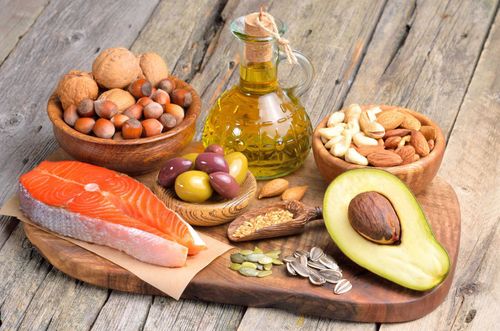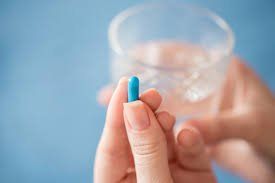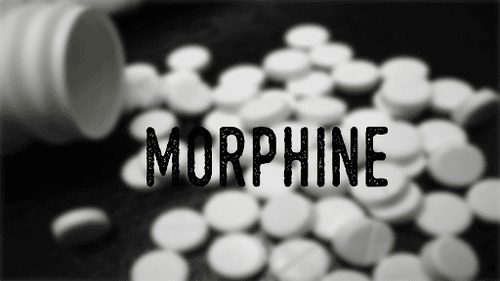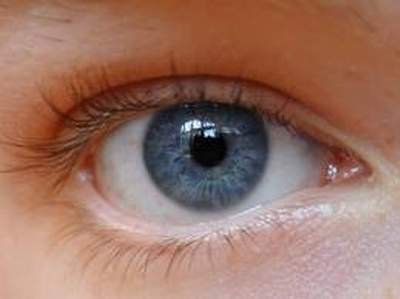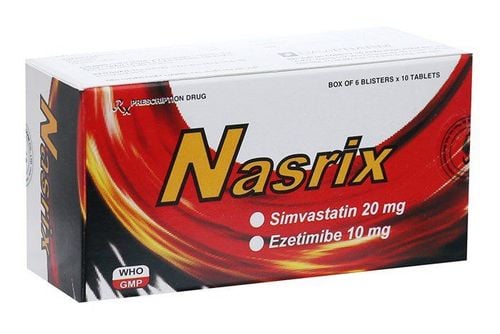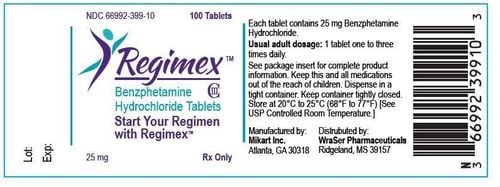This is an automatically translated article.
A high-fat diet can lead to weight gain. However, you must not only eat low-fat foods to lose weight, but also pay attention to how many calories you eat in your daily diet. Your body stores extra calories as fat, even if they come from fat-free foods, or trans fats. If you replace high-fat foods with high-calorie foods, like sweets, you may end up gaining more weight than losing weight.1. Low-fat diet
A low-fat diet is an eating plan that is low in overall fat, unhealthy fat, and cholesterol. You may need to follow a low-fat diet if you have trouble digesting or absorbing fat, or if you have high cholesterol. You can also lower cholesterol by increasing the amount of fiber in your diet. Soluble fiber is a type of fiber that helps lower cholesterol levelsExperts recommend that most adults get 20 - 35% of their daily calories from fat. That's about 44 - 77 grams of fat per day if you eat around 2000 calories per day.
The standard low-fat diet recommended by health authorities contains about 10-15% (or less) of daily calories from fat. In addition, many health guidelines recommend that the daily calorie contribution of saturated fat should not exceed 7–10%.
Low fat diets are often recommended for people who need to lose weight. That's because fat provides a larger number of calories per gram than the other main nutrients protein and carbs. Fat provides about 9 calories per day, while protein and carbs provide only 4 calories per gram.
Studies show that people who reduce their calorie intake by eating less fat lose weight. Although the weight loss is small, on average it is considered to be related to health
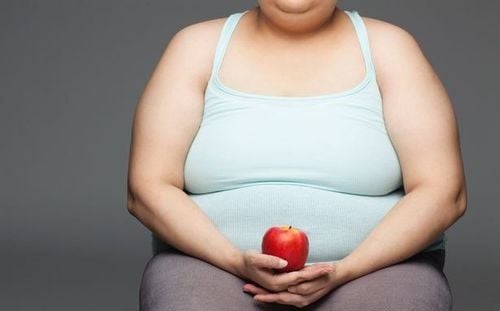
Chế độ ăn kiêng ít chất béo thường được khuyến khích cho những người cần phải giảm cân
2. What do you know about different types of fats in food?
2.1. Limit unhealthy fats Diets high in cholesterol, saturated fats, and trans fats can cause unhealthy cholesterol levels. Unhealthy cholesterol levels increase the risk of heart disease.Cholesterol: Limit cholesterol intake to less than 200 mg daily. Cholesterol is found in meat, eggs and dairy. Saturated fat: Limit saturated fat to less than 7% of your total daily calories. Saturated fats are commonly found in butter, cheese, cream, whole milk, and palm oil. Saturated fats are also found in meat, such as beef, pork, chicken skin and processed meats. Processed meats include hot dogs, sausages, and bacon. Trans fats: Avoid trans fats as much as possible. Trans fats are used in fried and baked foods. Foods labeled trans fat-free can still have up to 0.5 grams of trans fat per serving. 2.2. Eat healthy fats Replace foods high in saturated and trans fats with foods high in healthy fats. Doing this can lower your cholesterol
Monounsaturated fats: These are found in avocados, nuts, legumes, and vegetable oils, such as olive, canola and oil Sunflower Polyunsaturated Fats: These can be found in vegetable oils, such as soybean or corn oil. Omega-3 fats may help reduce the risk of heart disease. Omega-3 fatty acids are found in fish, such as sardines, trout, herring, trout, and tuna. Omega-3 fats are also found in plant foods, such as walnuts, flaxseeds, soybeans, and canola oil.
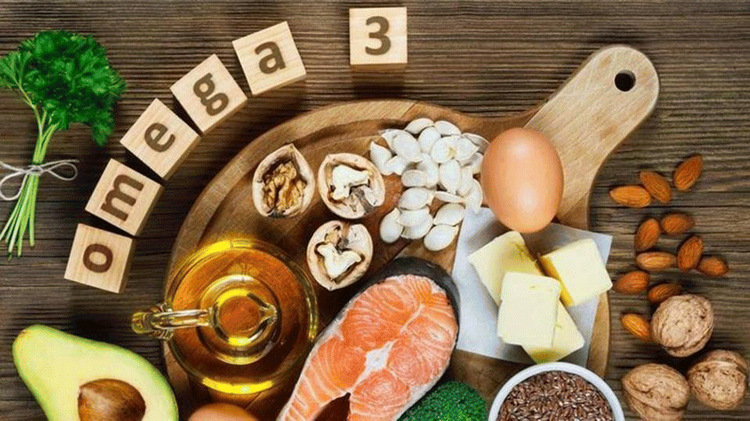
Axit béo omega-3 được tìm thấy trong cá, chẳng hạn như cá mòi, cá hồi, cá trích, cá hồi và cá ngừ
3. A Guide to a Low Fat Diet for Weight Loss
3.1. What foods do you need to follow? Carbohydrates: Carbs are an essential source of energy, and you'll find them in healthy, nutritious foods: fruits, vegetables, and whole grains. But if you're trying to lose weight, be careful not to replace fat with "low-fat" foods that are actually high in sugar and refined flours (also carbohydrates) Protein: Like fat, protein helps you feel feel full, so make sure to consume plenty of protein-rich foods. But to keep your diet low in fat, choose lean protein sources like legumes, fish, skinless poultry and lean beef There are two types of unsaturated fats and both are given is to help lower levels of LDL cholesterol (or "bad" cholesterol).Monounsaturated fats, sometimes called MUFAs, come from plant sources, such as avocados, olives, and nuts. These fats are usually liquid at room temperature (think olive and canola oils). Polyunsaturated fats, or PUFAs, are found in nuts, seeds, and fish, and are a good source of vitamin E, omega-3 and omega-6 fatty acids. 3.2. Specific foods you should and should avoid Foods to eat Starches:
Whole grain breads, cereals, pasta and brown rice Low-fat crackers and cookies Vegetables and fruit:
Fresh vegetables , frozen or canned (unsalted or low in sodium) Fresh, frozen, dried or canned fruit (canned in light syrup or juice) Avocados
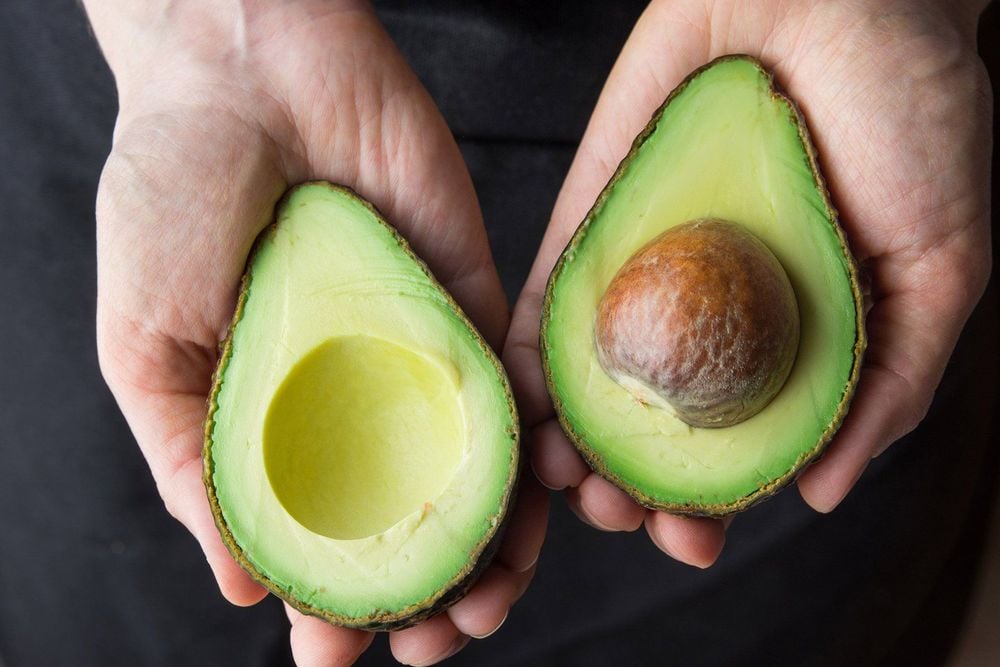
Bơ là một trong số những sản phẩm nên được bổ sung vào chế độ ăn
Fat-free (skimmed) milk or 1% Fat-free or low-fat cheese, yogurt and cottage cheese Meats and proteins:
Skinless turkey or turkey Grilled or grilled fish Lean beef and pork (tenderloin burger, round, extra lean) Beans and peas, unsalted nuts, soy products Egg whites and substitutes Nuts and seeds Fats:
Unsaturated oils, such as canola, olive, peanut, soybean or sunflower oils Soft or liquid margarine and vegetable oil spreads Low-fat salad dressings Foods not to eat Starches:
Snacks made with partially hydrogenated oils, such as chips, regular crackers and flavored popcorn High-fat baked goods, such as cookies, croissants, cupcakes, cookies and cakes Dairy products:
Whole milk, 2% milk, yogurt and whole milk ice cream Half and half cream, full cream and whipped cream Cheese, cream cheese and sour cream Meats and protein:
Thi High-fat (including T-bone steak, regular hamburgers and ribs) Fried meat, poultry (such as turkey and chicken), and fish Poultry (chicken and turkey) with skin Cold cuts (sausages) Italian or sausage, bacon) Whole eggs and egg yolks Vegetables and fruits with added fat:
Fried vegetables or vegetables in butter or high-fat sauces, such as cream or cheese sauces Fried fruit or fruit served with butter or cream Fats:
Butter, margarine bars, and short Coconut oil, palm oil and palm kernel oil
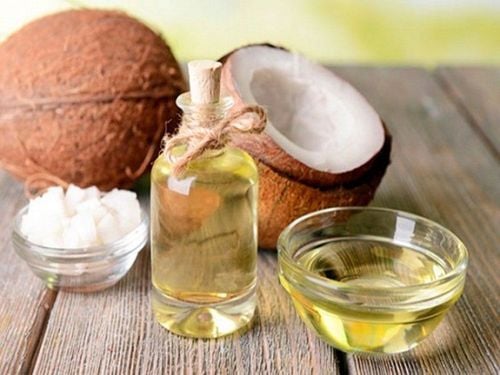
Dầu dừa là sản phẩm bạn không nên bổ sung vào chế độ ăn của mình
Cut fat from meat and avoid fried foods. Trim all visible fat from the meat before you cook it. Remove skin from poultry. Do not fry meat, fish, or poultry. Instead, bake, roast, boil, or simmer these foods. Avoid fried foods. Eat a baked potato instead of french fries. Steam the vegetables instead of sautéing them in butter.
Add less fat to food. Use fake bacon on salads and baked potatoes instead of regular bacon. Use fat-free or low-fat salad dressings instead of regular dressings. Use low-fat or fat-free butter flavored toppings instead of regular butter or margarine on popcorn and other foods
4. Pros and cons of the method
4.1 Advantages Short-term weight loss: If you make an effort to reduce your fat intake, you will lose weight. This is true of most diets that restrict a single food or macronutrient (such as carbohydrates). However, for long-term weight loss, you'll need to continue to limit fat in your diet.A low-fat diet can be healthy and can help you lose weight if it's balanced with "good" fats and nutrient-rich sources of carbohydrates and protein.
4.2. Cons Lack of scientific evidence: In the most rigorous test ever conducted to study dietary fat, the Women's Health Initiative randomly selected more than 48,000 women to follow a low-fat diet. fat or a control group. Those in the low-fat group received strong behavioral adjustments to reduce their daily fat intake to 20% of total calories and increase their consumption of whole grains and vegetables. The control group received only "normal" diet education and consumed 37% of their diet from fat. After eight years, there was no reduction in coronary heart disease (CAD) risk in the low-fat group. In fact, the risk trend is higher.
Other randomized trials have also failed to show cardiovascular health benefits of a low-fat diet. Additional studies have not shown a reduction in cancer risk with a low-fat diet, or that a low-fat diet is associated with less obesity. Research is underway on the benefits of a very low-fat diet (less than 10% of calories from fat).
Limitations:
Some important vitamins (including vitamin A, vitamin D, vitamin E and vitamin K) are fat soluble, which means your body cannot use them unless you are consuming fat in the diet. So cutting too much fat means your body won't be able to absorb these important nutrients.
Mental health risks
Dietary fat (meaning the fat your body gets from food) is important for brain health and development. In particular, some studies have shown that fatty acids from unsaturated fats may protect against depression.
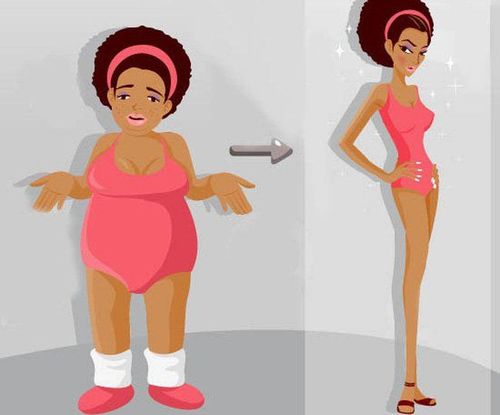
Phương pháp ăn ít chất béo có thể giúp bạn giảm cân nhanh chóng
5. Tips for you in cooking
Replace high-fat ingredients with low-fat or fat-free ingredients. This may cause the baked goods to be drier than usual. You may need to use fat-free cooking spray on the pan to prevent food from sticking. You may also need to change the amount of other ingredients, such as water, in the recipe. Try these:Use low-fat or light margarine in place of regular margarine or short margarine. Use turkey breast, lean ground pork, or lean ground beef (less than 5% fat) instead of hamburgers. Add 1 teaspoon of canola oil to 226 grams of skim milk instead of cream. Use zucchini, carrots, or grated apples in bread instead of coconut. Use low-fat blended cheese, tofu, or low-fat ricotta cheese instead of cream cheese. Use 1 egg white and 1 teaspoon canola oil, or use 1⁄4 cups (about 56 grams) of a fat-free egg substitute instead of a whole egg. Replace half of the oil in the recipe with apple sauce when you bake Eating low in fat is not always the best way to lose weight, Low carb diets tend to be more effective for most people. People.
Instead of worrying about your total fat intake, focus on improving the quality of your diet. Eating lots of whole foods and healthy fats is the way to go.
Please dial HOTLINE for more information or register for an appointment HERE. Download MyVinmec app to make appointments faster and to manage your bookings easily.
Reference source: healthline.com; webmd.com; verywellhealth.com; drugs.com.



